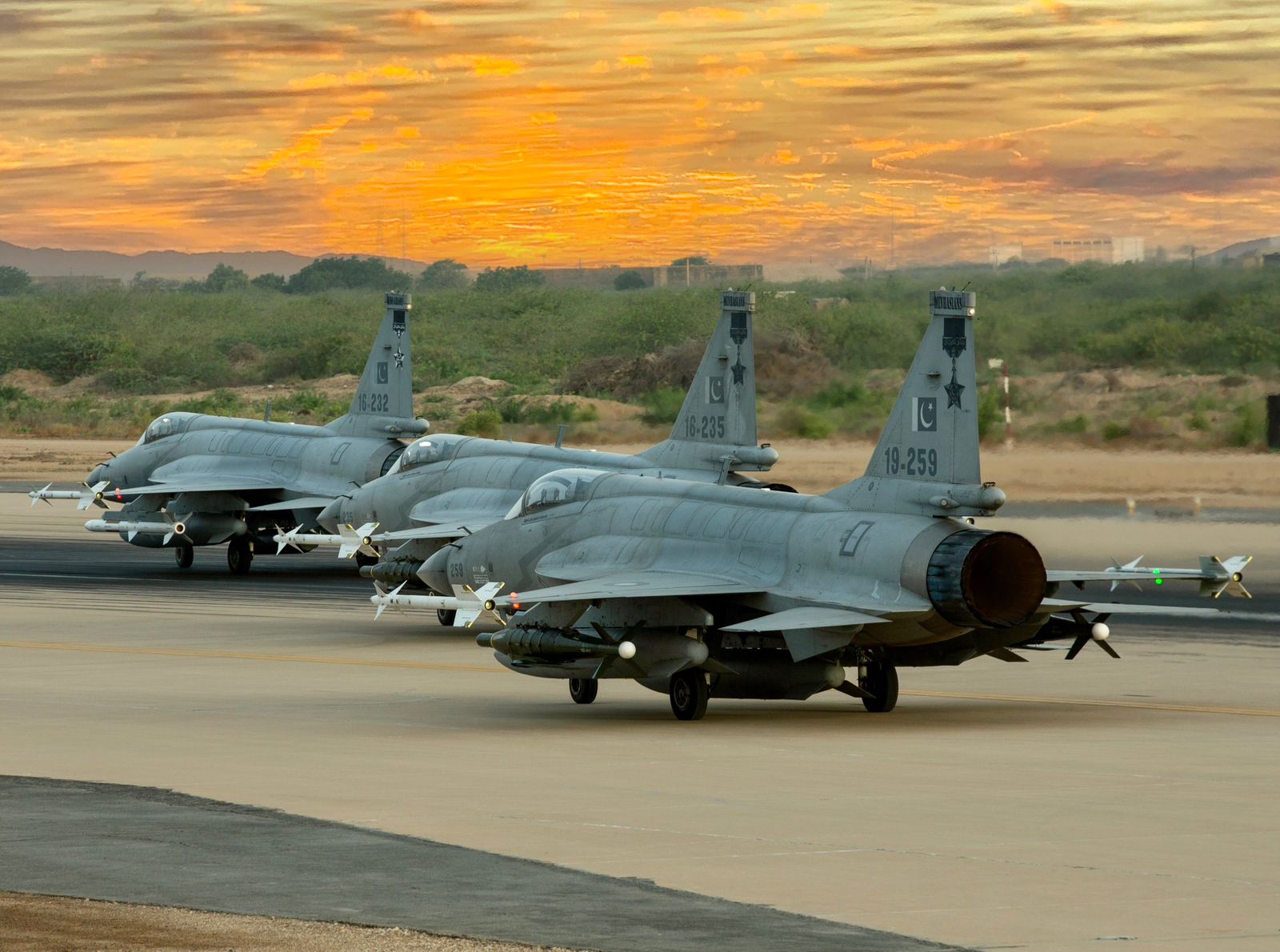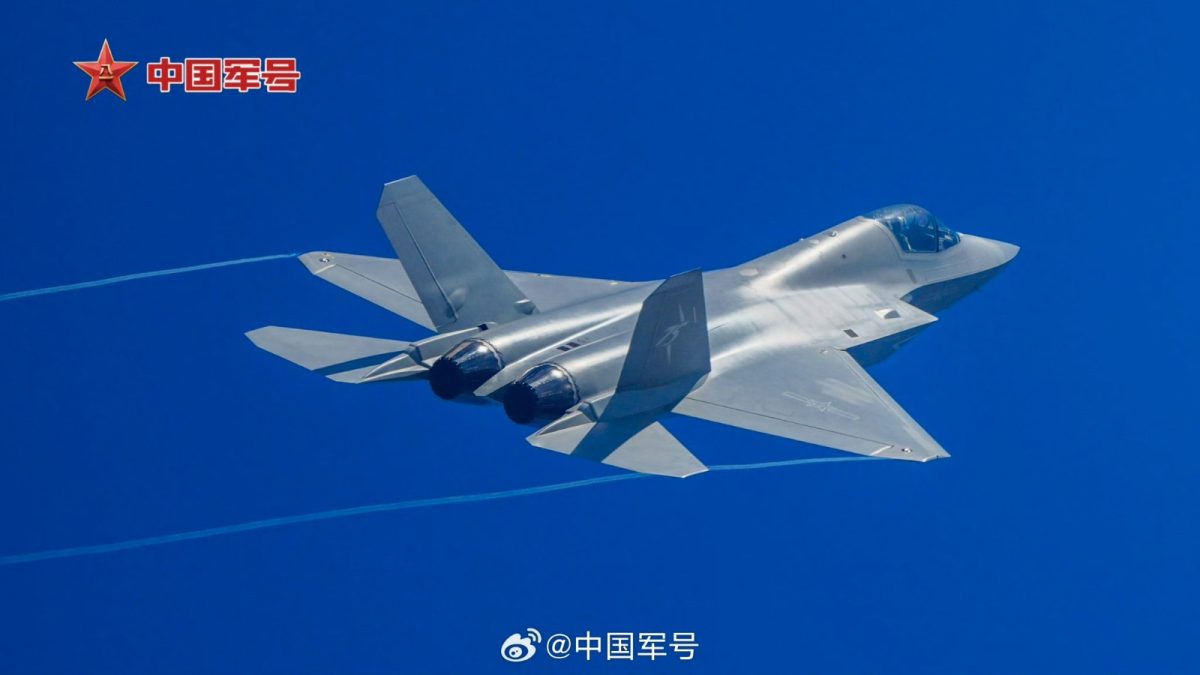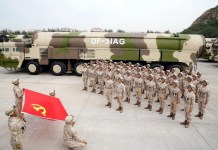Recent reports in the Pakistani media have claimed that the Pakistani government has approved the acquisition of J-35A stealth fighters from China. The aircraft is reportedly scheduled to enter service within 24 months.
Some sources mention that the decision was finalized after the J-35A’s debut at the Zhuhai Airshow 2024. However, there has been no official confirmation of the Pakistan government’s approval.
In January, Pakistan’s Air Force Chief, Air Chief Marshal Zaheer Ahmed Baber Sidhu, stated that the “foundation for acquiring the J-31 stealth fighter aircraft has already been laid,” and it’s set to become part of the PAF’s fleet “in the near future.”
The J-35A is a significantly upgraded version of the Chinese J-31 fighter jet, developed for export. Compared to the J-31, the J-35A features
-
The more powerful WS-19 engines offer improved performance and thrust
-
A more sophisticated radar system and improved sensor fusion
-
Improved aerodynamics and stealth characteristics
-
A wider range of weapons, including more advanced air-to-air and air-to-ground missiles.
The J-35A avionics are comparable to those of the J-20 fighter currently serving in China’s air force.
It may be recalled that in March 2022, the PAF inducted the first batch of J-10C fighter jets into 15 Squadron ‘Cobras,’ which is based at Minhas Air Base.
The J-10C, a fourth-generation plus-plus fighter, is the PLAAF’s top-line fighter jet in service. Its many outstanding features include:
-
Reduced radar visibility
-
Advanced sensors and weaponry
-
Powerful engines
-
High maneuverability
The J-10C is lighter and carries a smaller payload than the IAF’s Su-30MKI, but it features better avionics (AESA radar) and is more cost-effective.

The Looming Stealth Gap
Since there is no reason to believe that Pakistani media reports on the government’s go-ahead for J-35A acquisition are incorrect, it is likely that by the year 2030, the PAF could be operating 2 squadrons of J-35A, comprising approximately 40 fighters.
By the same year, the PLAAF, which is currently believed to have deployed around 200 J-20 fighters, could have deployed double the number.
In stark contrast, the IAF would have no stealth fighters in its inventory by 2030!
At best, we can hope that the IAF would have placed a highly speculative order for the still-in-development AMCA fighter.
Understanding how the looming stealth gap could badly compromise India’s deterrence is important.
The Stealth Threat
Stealth fighters have a much smaller radar cross section (RCS) than non-stealth fighters. Since fighter detection and tracking are radar-based, the reduced RCS degrades the adversary’s air defense capability. The radar detection range of stealth fighters is significantly lower than that of non-stealth fighters, and the range for obtaining a weapon-grade track is proportionately even less.
Air defense systems’ performance degrades when operating against stealth fighters because of their lower detection range. While the extent of degradation depends on the effectiveness of stealth shaping, it always occurs.
The effectiveness of a stealthy fighter should never be evaluated purely on its reduced RCS. It must be evaluated on the combination of reduced RCS and its range of weapons. A less stealthy fighter can use longer-range stealthy missiles to strike at its target without detection.
China is known to have developed air-to-air and air-to-ground missiles that will allow the J-20 and J-35A fighters to launch their weapons before they can be effectively tracked on IAF radars.
As such, we cannot dismiss the threat from PLAAF and PAF stealth fighters because they are not as stealthy as US stealth fighters.

Consequences Of Ignoring The Stealth Threat
Recent geopolitical events have illustrated that frozen conflicts don’t always lead to durable peace; they can well lead to a renewed hot conflict. The recent revival of the conflict in Syria is a case in point. As is the conflict in Ukraine, which was frozen after the Minsk agreement but flared up again.
In India, we are living with two frozen conflicts, both with militarily strong adversaries. Revival of hot wars from these conflicts needs to be deterred through a well-paced military buildup, even as peace is vigorously pursued. In the case of India, neither peace nor deterrence is being vigorously pursued.
Make-in-India Pitfalls
India is rightly pursuing long-term deterrence with its Make-in-India defense manufacturing paradigm. However, by ignoring adversary defence capability build-up, it’s allowing short-term deterrence to erode.
Since independence, India has pursued Make in India using differing terminology, such as license manufacture or local production. Unfortunately, it has not been a spectacular success, most likely because of the bureaucratic chokehold over public-sector defense manufacturing, excessive mistrust of the private sector, and foreign interference at political and bureaucratic levels.
So far, most weapon systems projected as Make-in-India success stories – LCA Mk.1, Pinaka, Akash, ATAGS – are projects that have seen massive timeline delays, cost overruns, and qualitative shortfalls. A sharp trend reversal is unlikely.
Drumbeating the Make-in-India paradigm isn’t going to eliminate the multi-faceted malaise that afflicts the defense manufacturing paradigm.
Let’s be clear. Make-in-India needs to be pursued vigorously. However, it would be wrong for the Indian Ministry of Defence to pursue make-in-India only by pressing buttons that it can easily press, such as restricting the Armed Forces from outright imports or disallowing make-in-India on the basis of geopolitical considerations.
Lessons From The Ukraine Conflict
The conflict in Ukraine has highlighted a well-known but often forgotten reality of warfare—in the context of weapon systems, numbers matter as much, if not more, than the sophistication of the weapon systems.
The sophistication of weapon systems matters more in short conflicts that are limited in geographical spread. In long-drawn, high-intensity conflicts where the geographical spread of the battlefront is large, numbers tend to matter more.
For example, the number of fighter aircraft that can be operationally deployed must be large enough to cover the entire battlefront in order to prevent adversary air incursions or provide timely battlefield support.
Conclusion
Given our long hostile borders and the emerging stealth gap, the IAF’s squadron strength drop will surely compromise its ability to secure Indian skies. Consequently, the IAF’s ability to deter aggression from our adversaries is reducing.
- Vijainder K Thakur is a retired IAF Jaguar pilot, author, software architect, entrepreneur, and military analyst.
- VIEWS PERSONAL OF THE AUTHOR
- Follow the author @vkthakur




